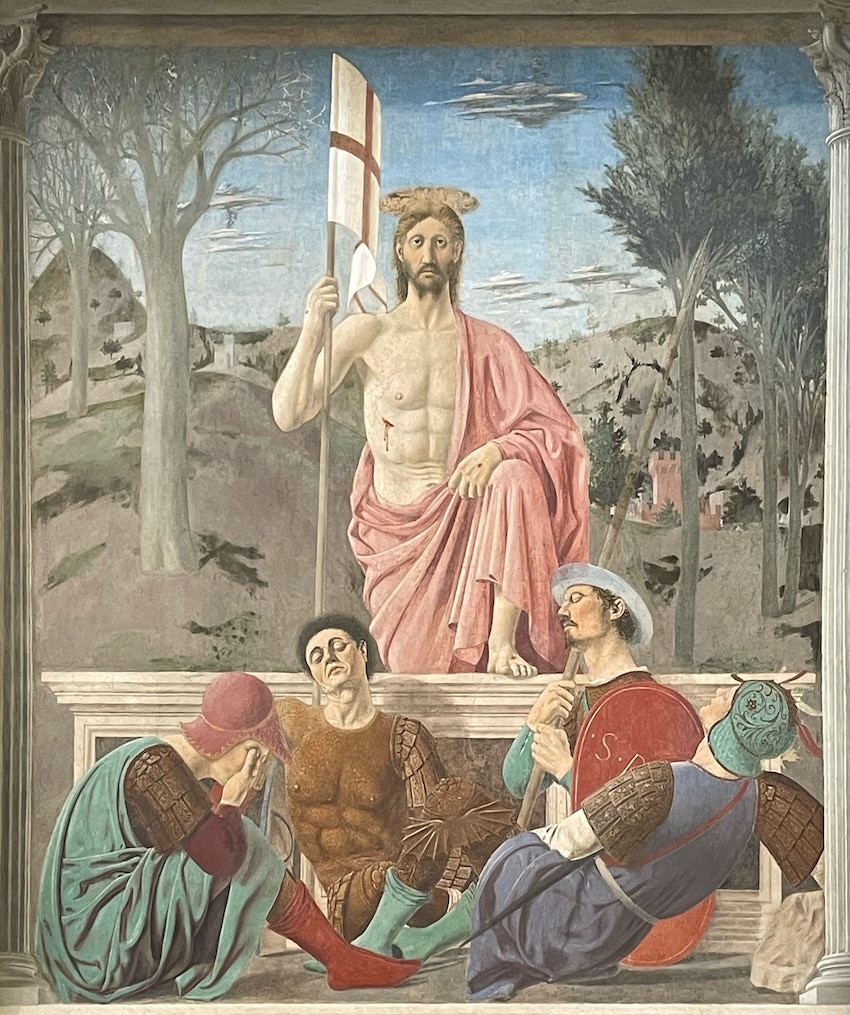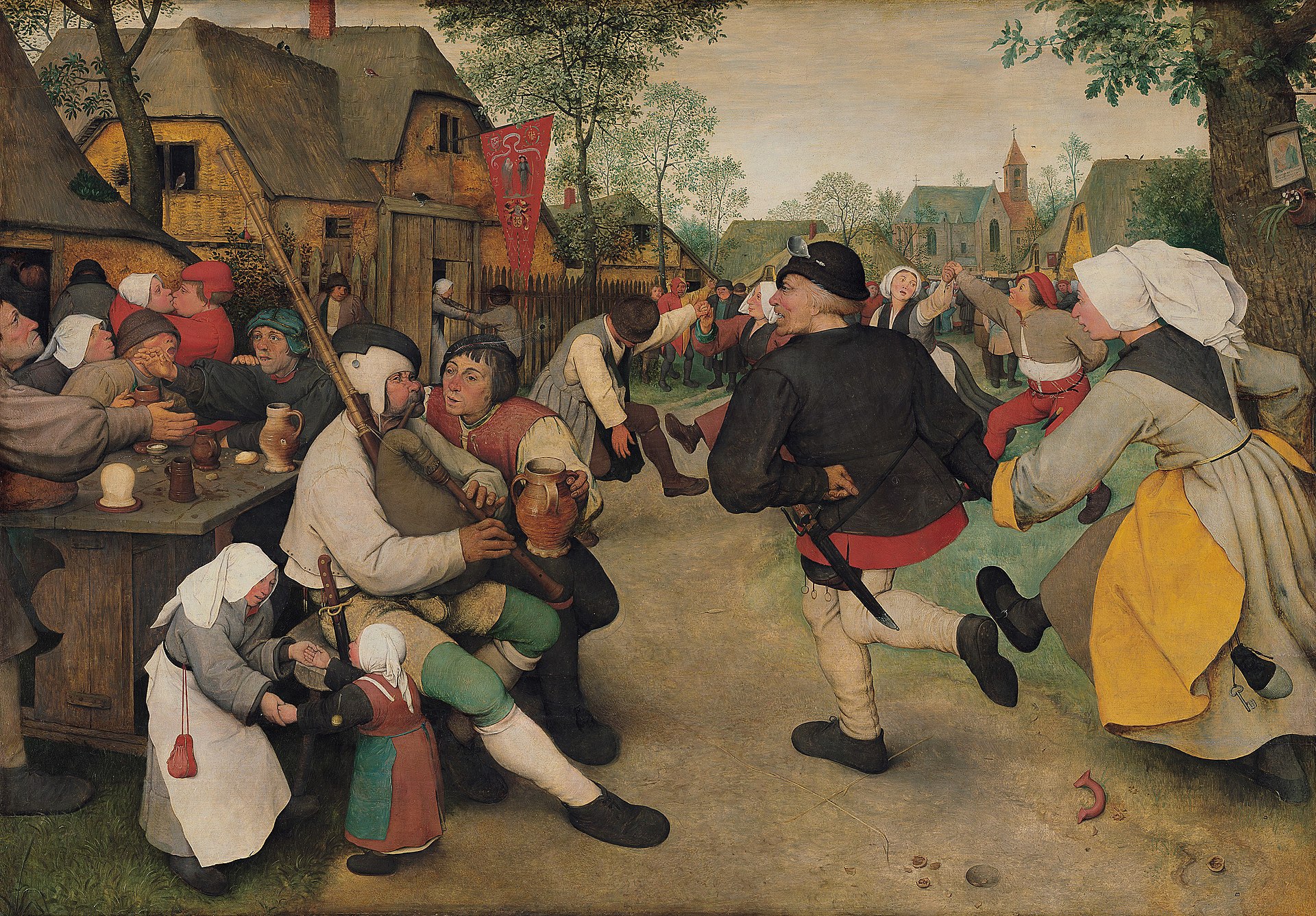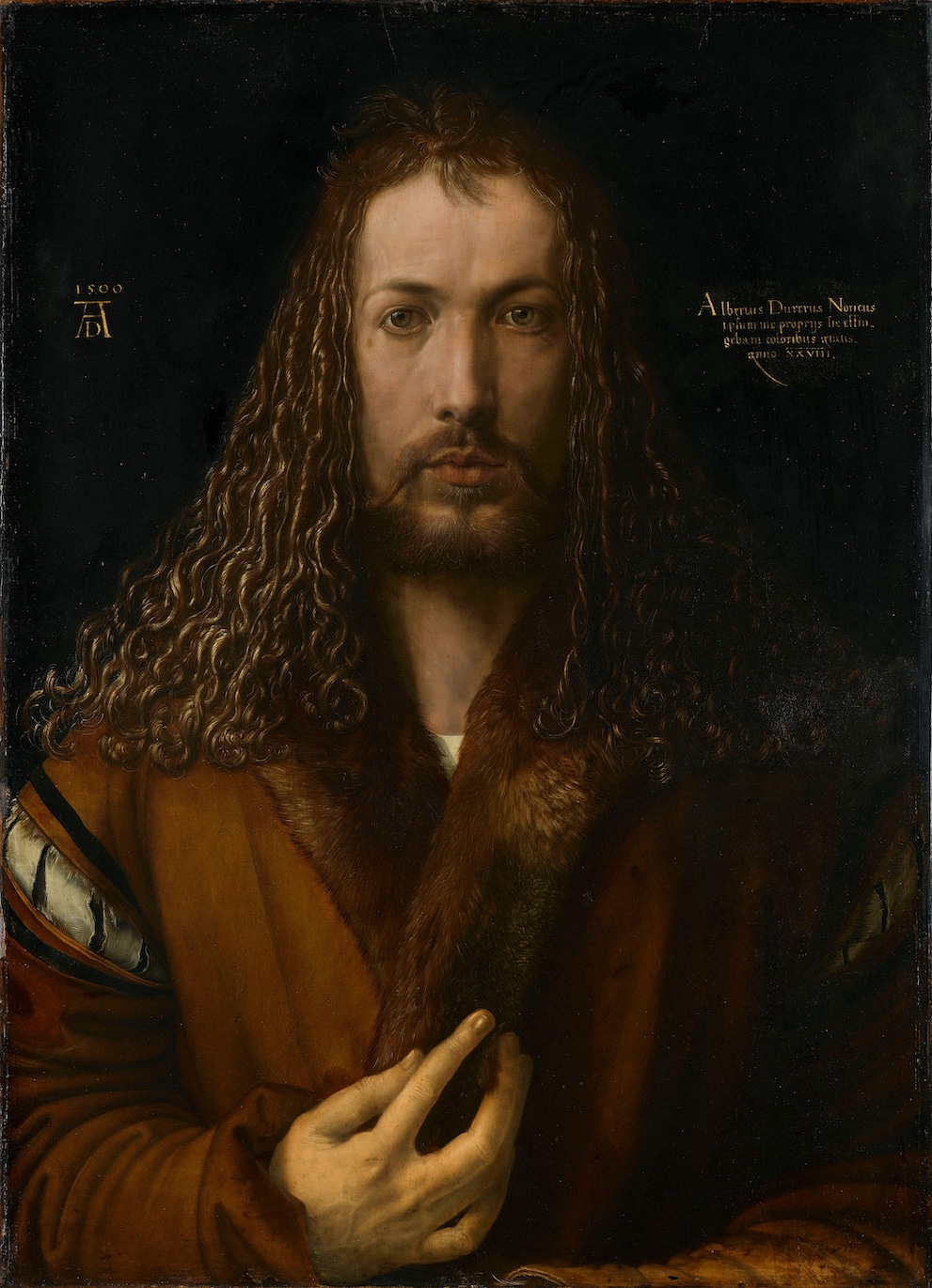Workshops in the Art Room
An Introduction to Renaissance Art
The history of artistic achievements of humanity bears the marks of the ever-changing inner landscape of the human being, starting in the caves, leading through the various early civilisations artistic manifestations to the triumphal individual accomplishments of the late medieval times in Europe to finally elevate individualism as the pivotal philosophical premise of the contemporary scene of art-making.
The Renaissance in Europe has a notable place in this changing scene of expression of the human condition as it brought the ideas of Antiquity back into play in the development of consciousness and reiterated the Western cultural ideal of the importance of the personal, the unique and therefore transient, and elevating it to permanence by giving it such value as attributed to the apparent Leonardo da Vinci work Salvator Mundi selling for a little over $450 million.

If you are interested in tracing the development of the arts over human existence then come along to study together the many achievements of this human activity starting with the Renaissance. Based on the Upper School curriculum, the workshop consists of ten sessions introducing Renaissance art, with the possibility of an extra five sessions that focus on Baroque artists. During the course, participants will experience artworks from well-known painters such as Michelangelo and Raphael from the High Renaissance. The sessions will also draw attention to other artists’ achievements, such as Giotto (Father of the Renaissance) or the first generation of Italian Renaissance artists, including Piero della Francesca, Fra Angelico, and Masaccio.
The Sessions
31 October 2023
“That clumsy Greek style” (quella greca goffa maniera) and Giotto
07 November
A Human Viewpoint - Brunelleschi and Alberti
14 November
The Pioneers - Masaccio, Piero della Francesca, Fra Angelico and Botticelli
21 November
The North - Jan van Eyck, Rogier van der Weyden
28 November
A View from the Heights I - Leonardo, Michelangelo, Raphael and Titian
05 December
A View from the Heights II - Leonardo, Michelangelo, Raphael and Titian
09 January 2024
Dürer and Matthias Grünewald
16 January
The Reformation and Counter-Reformation
23 January
New Avenues - Bruegel
30 January
The Trial of the Individual - Veronese

Each session will begin with recollection and questions, followed by a structured time for reflective practice after new information. Participants will be encouraged to narrate and illustrate their journey through the course. The course fee includes all materials to help create an individual record of the studied ideas. Support will be provided with illustrations, as it is not a drawing skills workshop, in the form of images and a tracing technique, pens and coloured pencils. Working in A5 or A4 format, the course leader will help bind the collected pages to give a finished look.
The course leader envisaged this as an adult course, suitable for all interested in human thinking and spiritual development, in the visual arts and education.
Tuesdays from 7 pm to 9 pm in the Art room. The cost is £25 per session or £200 for the entire course. The fee includes all course materials and a donation to the school. Concessions available.
Register your interest in the school office or online by completing the form below.
The Workshop Leader
Csaba Dolak studied painting and art history in Budapest and trained as a Waldorf teacher in London. He’s been teaching for over ten years as an art, history of art and history teacher at Ringwood Waldorf School in the Upper School. He has led workshops and offered adult educational courses, including life drawing and teacher education sessions. Moreover, he is the organiser and leader of the Class 12 Italy cultural trip, which explores the remarkable artistic achievements of the Italian Renaissance.

